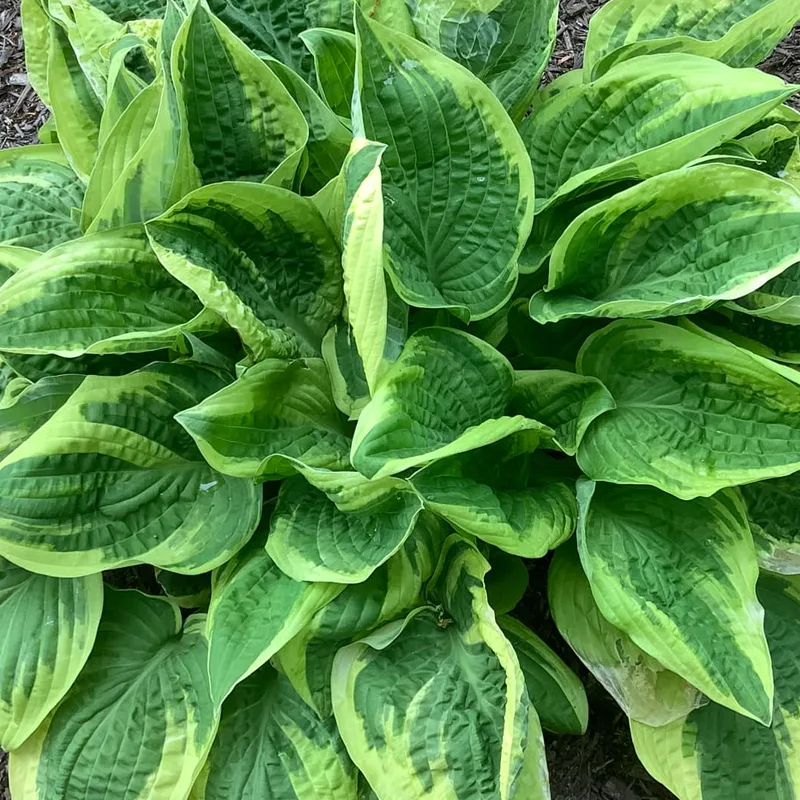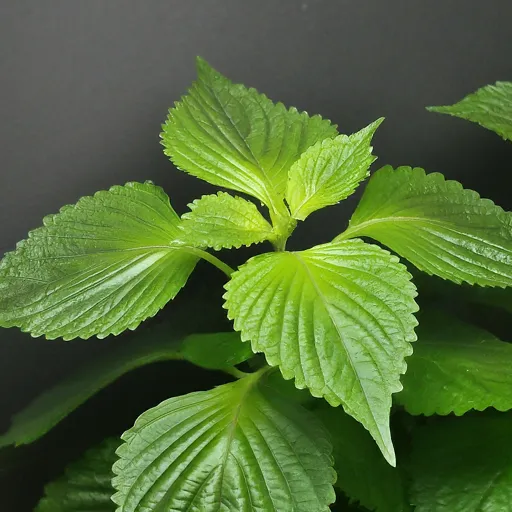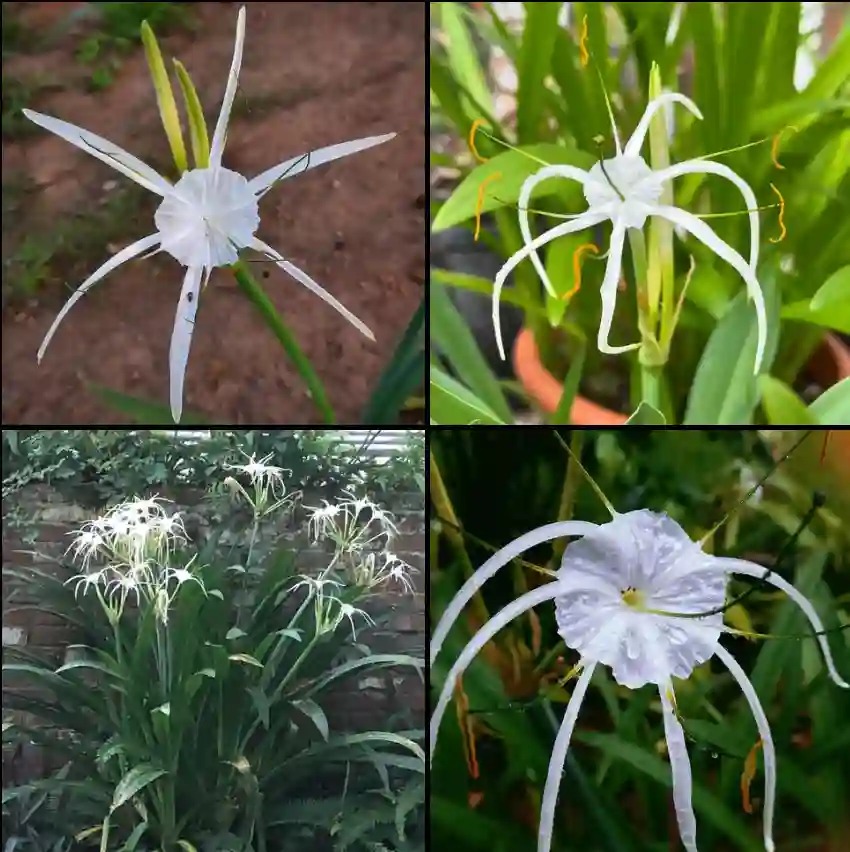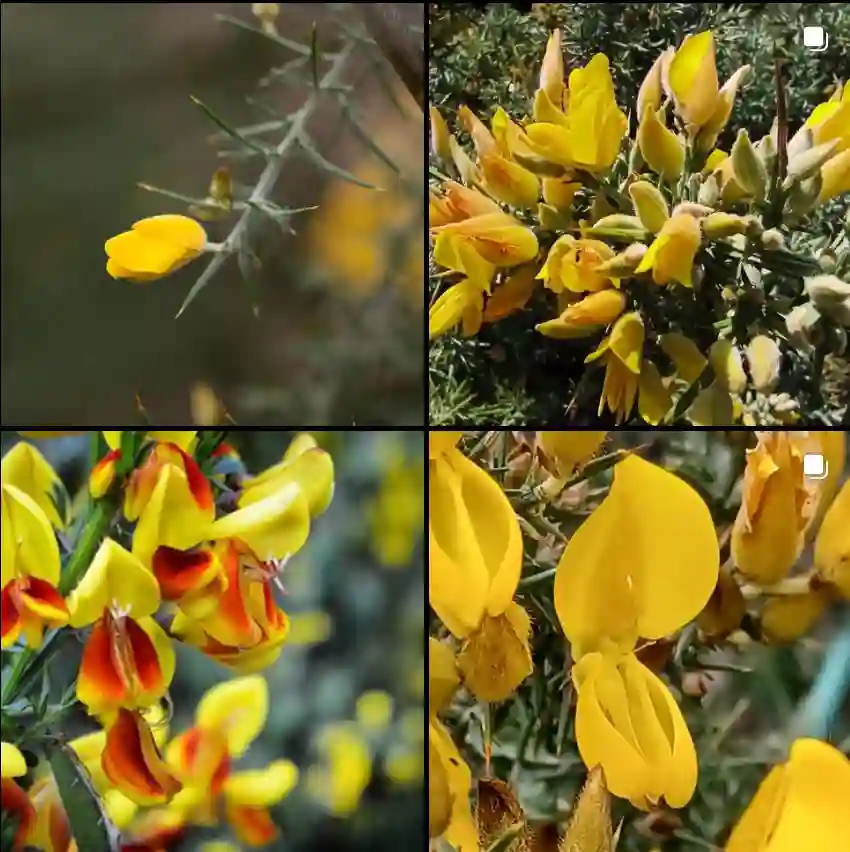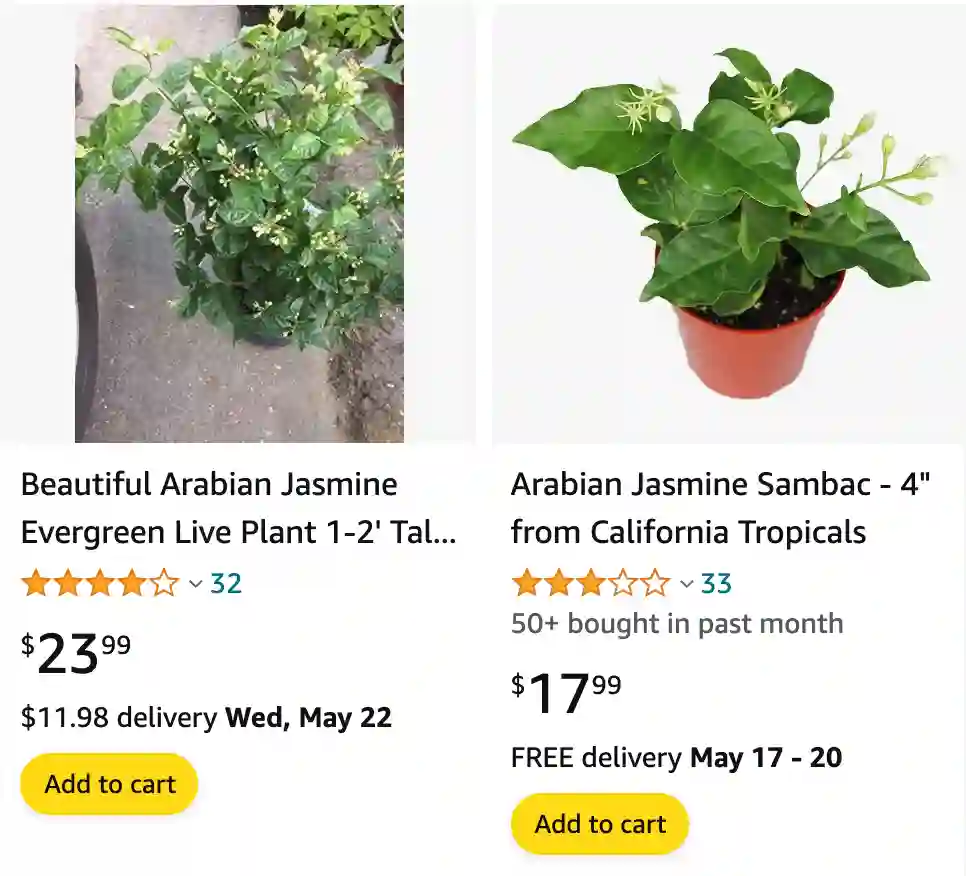
What is Arabian jasmine?
Arabian jasmine is this amazing flowering vine with these incredibly fragrant white flowers. They almost seem to glow at night, and the scent is sweet and intoxicating. It fills up my whole patio every summer!
Arabian Jasmine vs Star Jasmine
Arabian Jasmine’s fragrance is delicate and sweet, reminiscent of warm summer evenings, while Star Jasmine offers a more robust, floral scent that fills the air effortlessly.
Arabian Jasmine vs Gardenia
Arabian Jasmine’s glossy, dark green leaves complement its dainty white flowers, whereas Gardenia‘s lush, waxy foliage provides a stunning backdrop to its creamy, intoxicating blooms.
Arabian Jasmine vs Grand Duke of Tuscany
Arabian Jasmine’s compact growth and manageable size make it ideal for smaller spaces, whereas Grand Duke of Tuscany’s larger, velvety blooms and strong, sweet scent create a captivating focal point in any garden.
Does Arabian jasmine climb?
Mine definitely climbs. I have it planted next to a trellis, and it’s happily snaked its way up the whole thing. It’s great because it doesn’t need a ton of support, the stems are pretty sturdy on their own.
How to propagate Arabian jasmine?
I actually propagated mine from stem cuttings a few years ago. It was pretty easy! I just took a few healthy stems, cut them below a node (the little bump where leaves grow), and planted them in pots with some well-draining soil. They took a while to root, but now I have a whole bunch of new jasmine plants!
Is Arabian jasmine poisonous to dogs?
Luckily, my dogs haven’t shown any interest in chewing on the jasmine, and I haven’t heard of it being poisonous to them. But it’s always a good idea to double-check with a vet if you’re worried about your furry friends.
How to care for Arabian jasmine?
Caring for my Arabian jasmine is pretty straightforward. I water it deeply whenever the soil feels dry to the touch, and I give it a light feeding of fertilizer once a month during the growing season. It seems happy with that! I haven’t had any problems with pests or diseases, which is a nice plus.
Is Arabian jasmine poisonous?
As for poisonous, nope! At least not to humans. The flowers are actually used to make jasmine tea, and I’ve even read that they can be used in some recipes. I haven’t tried that myself though, I’m happy just to enjoy their fragrance.
Can Arabian jasmine grow in shade?
Mine gets some morning sun, but it’s mostly shaded in the afternoon. It seems to do okay with that dappled sunlight. I wouldn’t recommend planting it in full shade though, I think it needs at least a few hours of sun to flower well.
Can Arabian jasmine grow indoors?
Speaking of flowering, I wouldn’t say it’s an indoor plant. It really needs that outdoor space to sprawl and climb. But if you’re set on having it indoors, you could try keeping it near a sunny window and maybe train it up a moss pole. Just be aware that it might not flower as much, or at all.
How big does Arabian jasmine get?
Mine has gotten to be about 6 feet tall in a few years, and it’s probably around 8 feet wide at this point. It fills out the trellis nicely, and I might even have to trim it back a bit this year.
How fast does Arabian jasmine grow?
The growth is pretty impressive! It definitely took off in the first year, and it fills out more and more each season.
How much sun does Arabian jasmine need?
As for sun, like I said, a few hours of direct sun seems to be the sweet spot for mine. Too much sun and the leaves might get a little crispy, but not enough and it might skimp on the flowers.
How tall does Arabian jasmine grow?
Honestly, the height depends on how much space you give it to climb. If you have a tall trellis, it could easily reach 10 feet or more!
How to prune Arabian jasmine?
Pruning is easy! I just wait until after the flowering period is over and then I trim back any stray branches or anything that’s gotten too leggy. It bounces back really well.
Is Arabian jasmine deer resistant?
Deer haven’t bothered mine at all. Maybe the strong scent keeps them away? I’m not sure, but I’m happy they leave it alone!
Is Arabian jasmine edible?
And edible? Well, like I said, the flowers are used in tea, but I wouldn’t recommend just munching on them straight off the vine. Best to stick with enjoying their fragrance!
Is Arabian jasmine fragrant?
Absolutely! The fragrance of Arabian jasmine is what really makes it special. It’s this sweet, intoxicating scent that’s strongest in the evening. It fills up my entire patio and makes sitting out there in the summer evenings an absolute dream. Some people say it’s similar to jasmine tea, but to me, it’s even more complex and delightful.
Is Arabian jasmine perennial?
The blooms come out all summer long for me, usually starting in late spring and lasting until the first frost. They’re these beautiful little white flowers with these delicate waxy petals. As they age, they turn a soft pink which adds another layer of charm.
Is Arabian jasmine toxic to cats?
Luckily, I haven’t had any issues with my Arabian jasmine and my cat. In fact, according to what I’ve read, Arabian jasmine ( Jasminum species) is considered non-toxic to cats by reputable sources like the ASPCA [ASPCA animal poison control ON aspca.org].
However, it’s always better to be safe than sorry. Cats are curious creatures and might nibble on anything that catches their eye. Here’s what I do:
- I keep the jasmine plant out of reach from my cat’s usual climbing areas. This minimizes the temptation for a playful swat or a curious chomp.
- I provide my cat with plenty of safe alternatives to chew on, like catnip toys or scratching posts. This helps divert their attention away from the plant.
If you’re ever worried about your cat ingesting any part of the plant, it’s always best to consult a veterinarian right away.
What does Arabian jasmine smell like?
Trying to describe the scent of Arabian jasmine is like trying to capture moonlight in a jar. It’s truly intoxicating! The best way I can describe it is a combination of:
- Sweetness: It has this intense, heady sweetness that’s almost like honey, but not cloying. It’s more delicate and floral.
- Fruity undertones: There’s a hint of something fruity in there too, maybe like pear or orange blossom. It adds a touch of complexity to the sweetness.
- Intoxicating: The fragrance is strong, but not overwhelming. It fills up the air in the most delightful way, especially at night. Some people find it romantic or even sensual.
It’s definitely different from the jasmine tea you might be familiar with. The tea has a more one-dimensional, light floral scent. Arabian jasmine flowers have a depth and richness that tea just can’t capture.
Overall, the fragrance of Arabian jasmine is one of the reasons I love this plant so much. It’s a beautiful sensory experience that truly elevates my summer evenings.
When does Arabian jasmine bloom?
In my experience, Arabian jasmine is a real summer bloomer! The flowers typically start showing up in late spring, around May or June. Then, the party goes on all through the hot months, lasting until the first frost hits in the fall. That means I get to enjoy those beautiful white blooms and their intoxicating fragrance for a good long stretch.
Of course, the exact timing can depend on your climate. In warmer areas with milder winters, Arabian jasmine might even keep blooming year-round. But even in places with colder winters like mine, you can still expect a good solid season of blooms as long as the weather cooperates.
Where can i buy Arabian jasmine?
Since I can’t search for local stores due to privacy restrictions, here are the general places you can look for Arabian jasmine:
- Nurseries and garden centers: This is the most likely place to find Arabian jasmine plants. They’re usually sold in pots, ready for you to take home and plant.
- Online retailers: Some online retailers sell live plants, including Arabian jasmine. However, keep in mind that shipping live plants can be risky, and they might not arrive in the best condition.
- Local plant sellers: Sometimes farmers markets or local plant sellers might have Arabian jasmine available.
Here are some additional tips for finding Arabian jasmine:
- Call ahead: Call your local nurseries or garden centers to see if they have Arabian jasmine in stock before you make a trip.
- Ask about varieties: There are different varieties of Arabian jasmine available, so ask about the specific type you’re interested in.
- Consider the season: Arabian jasmine is typically sold in the spring and summer months when it’s actively growing.
Why is my Arabian jasmine not flowering?
Now, my jasmine hasn’t had any trouble flowering, but I have heard that inconsistent watering or not enough sunlight can affect how much it blooms. If yours isn’t flowering, try checking those two things first. Make sure the soil is drying out some between waterings, and give it a few hours of direct sun each day. If that doesn’t help, you might also want to check the fertilizer – maybe it needs a little boost of nutrients to put out those beautiful flowers.
If i die, water my plants!
